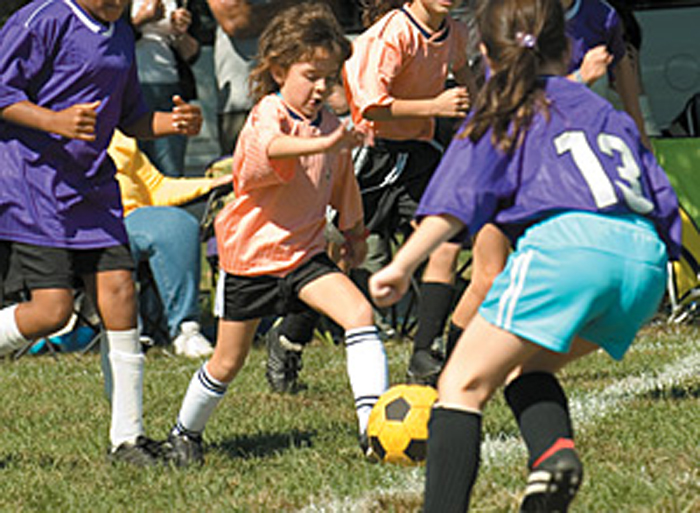Clinical Chiropractic: The Elbow and Forearm
Clinical Chiropractic: The Elbow and Forearm
We would all like to thank Dr. Richard C. Schafer, DC, PhD, FICC for his lifetime commitment to the profession. In the future we will continue to add materials from RC’s copyrighted books for your use.
This is Chapter 8 from RC’s best-selling book:
“Clinical Chiropractic: Upper Body Complaints”
These materials are provided as a service to our profession. There is no charge for individuals to copy and file these materials. However, they cannot be sold or used in any group or commercial venture without written permission from ACAPress.
Chapter 8: The Elbow and Forearm
CLINICAL BRIEFING
Functional Considerations
The arm and forearm are joined by a joint that serves as both a hinge and a pivot. The semilunar notch of the ulna is hinged with the hyperboloid trochlea of the humerus. The proximal head of the radius pivots with the spherical capitulum of the humerus and glides against both the proximal and distal ends of the ulna.
The distal end of the humerus can be viewed as two columns: a larger one medially that articulates with the semilunar notch of the ulna, and a smaller one laterally that articulates with the head of the radius. The pulley-like trochlea apparatus has:
(1) a depression at the front that lodges the coronoid process of the ulna and
(2) a depression at the rear that holds the olecranon process of the ulna when the elbow is extended.
The olecranon process restricts hyperextension of the elbow and protects the ulnohumeral articulation posteriorly. The concave head of the radius glides against the spherical capitulum of the humerus. The capitulum and trochlea are separated by a bony crest that fits into the opening between the proximal ulna and the radius and serves as a fixed rudder to guide elbow motion. The elbow flexors originate from the medial epicondyle, and the extensors originate from the lateral epicondyle. This structural arrangement should be visualized during examination to discriminate normal from abnormal articular motion.
The basic range of elbow joint motion involves elbow flexion (135°) and extension (0°), and forearm supination (90°) and pronation (90°). If a motion block is found in active motion, passive motion should be checked and the type of restriction and its degree noted.
Clinical Analysis
The elbow joint was not made to be used as an organic battering ram, but it often is: purposefully in sports; by accident in falls. For this reason, the vast majority of elbow disorders has trauma as their origin or precipitating factor. (more…)


